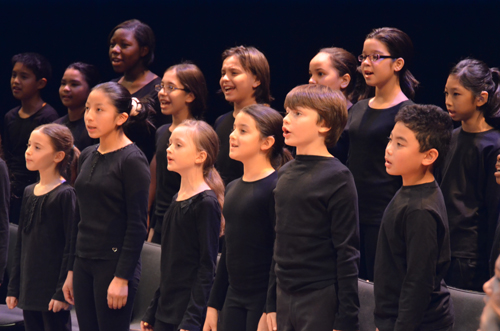
I know when I have experienced a miracle: getting the opportunity to meet Andrew Lloyd Weber in the 1980’s to talk about the talent of an unknown artist named Sarah Brightman who was to headline in a Lloyd Weber production called Song and Dance; sitting next to Jim Henson as he spoke about his vision for his follow up to The Muppets – a little show called Fraggle Rock; being taken by my friends Suzan and Jerry Kremer to see a charismatic young conductor named Francisco Nunez inspire a little known diverse chorus of young people to sing music that was just as inspiring as it was boldly diverse.
How do I know I have witnessed a miracle? I get goose bumps. I feel I am in the presence of genius. And so far the goose bumps have not let me down. None of the aforementioned artists failed to raise the bar in their illustrious careers and deliver creative contributions to the arts that I believed the world would enthusiastically embrace.
Twenty-three years since its beginning, Nunez’s Young People’s Chorus has become one of the most influential and honored choruses in the world. En el proceso de, it has introduced millions of listeners, jóvenes y viejos, buena música en todo el espectro, incluyendo las composiciones más nuevas de vanguardia. Las colaboraciones con compositores de gran prestigio, ejecutantes, y las instituciones han causado tanto en el mundo de las artes y el mundo de la educación para maravillarse con los milagros que Núñez ha realizado con un grupo de músicos jóvenes a convertirse en “un modelo nacional de excelencia y diversidad artística,” de acuerdo con el Comité Presidencial para las Artes y Humanidades.
Entonces, ¿qué será lo próximo?
Otro milagro de curso.
Nunez commissioned a new opera aptly called Milagro! from composer/conductor Victoria Bond and librettist Susan L. Roth, an author and illustrator of children’s books. Milagro!, told in song and dance, is the story about the miracle of Hanukkah. It features original music as well as traditional Hanukkah melodies. The opera’s eight principals include feisty children, wise parents and grandparents, not to mention a singing dog and toy bear. A packed house of enthusiastic families at the Jewish Community Center workshop in Manhattan last weekend exclaimed it a hit. Young People’s Chorus Assistant Conductor Sophia Miller guided the cast of approximately 30 school children ranging in age from 7 – 12 through the production as the audience laughed, sang along and applauded the joyous holiday opera.
El siguiente paso, The Young People’s Chorus of New York City is planning a full blown production with orchestra, sets, y trajes para diciembre, 2012. Victoria and Susan explain they will “continuar para pulir y perfeccionar la ópera.” It will be orchestrated as there is interest from other opera companies to include it in their winter season. As the new opera Milagro! continúa su viaje para ganar los corazones y transformar la educación musical de los niños, Di la bienvenida a la oportunidad de charlar con Francisco, Victoria, y Susan acerca de la contribución de este importante nuevo trabajo operístico con el mundo de la educación musical.
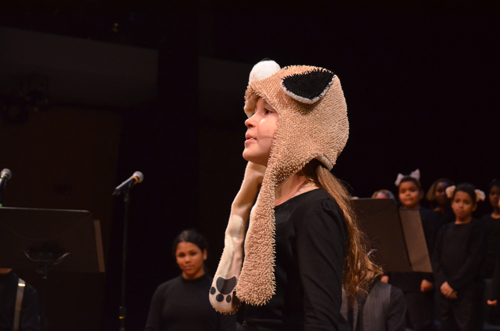
Francisco, I didn’t know young children’s voices could handle “opera”. What are the big differences between a children’s opera versus a children’s musical?
It isn’t unusual for children to sing in opera. They have been doing that for years either as characters in operas of well-known composers or those written specifically for children, tal como Brundibar by Czech composer Hans Krasa. The big difference between an opera and a musical is that generally in opera everything is sung. In a musical there is spoken dialogue.
What special training, disciplina, and preparation do young children need before they can sing opera?
These children are already trained singers, but in opera, singers need a lot of breath, as well as coaching in acting and reacting. For the opera, we needed to work with each of the eight soloists (madre, padre, grandmother, grandfather, daughter, son, dog, and toy bear) individually to learn to project and to act a role. We worked with them to learn how to communicate the story while singing and reacting to each other’s characters.
Why did you feel it was necessary to commission an opera versus a musical?
I feel that children should be exposed to opera and the art of opera. I want them to be engaged in this sophisticated art form. From singing this kind of music, they learn different singing techniques.
Susan and Victoria, why is opera such an important art form for young children’s music education?
Susan and I believe that opera encompasses all of the arts. In an easy and natural way it exposes children to music, danza, vestuario y escenografía, drama, historia, y la poesía. Tal experiencia intensa de la ópera a una edad temprana puede favorecer una apreciación de toda la vida.
Victoria, why do you believe Milagro! tendrá un atractivo universal?
Los niños de todos los orígenes y la etnia tienen un problema similar – llevarse bien con los demás. Milagro! aborda esta como comienzan los niños (in the opera) by arguing and not listening. They plan a play celebrating Hanukkah, but they can’t agree on anything. During the course of the opera, they learn to listen to each other’s stories and songs, and they begin to become more tolerant and understanding. Hanukkah is a celebration of light, y Milagro! is about how that light goes off in each child’s head, saying, “We need to get along with our parents, our brothers and sisters, and our friends.” The story also represents bringing community together.
Susan, what are your thoughts on the universal appeal of Milagro!?
Yo creo que Milagro! tiene un atractivo universal porque es una historia cada familiar. Para nosotros, el mensaje real es uno de comprensión de la familia y el amor subyacente. Esperamos que Milagro! puede recordar a todos, incluyendo aquellos de nosotros que hemos crecido con otras tradiciones, que en todo momento, incluyendo los de la frustración momentánea y la irritación, es con la bondad y la generosidad y la tolerancia que debemos tratar a los que amamos el mejor.

C. M. Rubin es el autor de la serie en línea leído, La Búsqueda Global para la Educación, y es también el autor de tres libros más vendidos, Incluido The Real Alice in Wonderland.

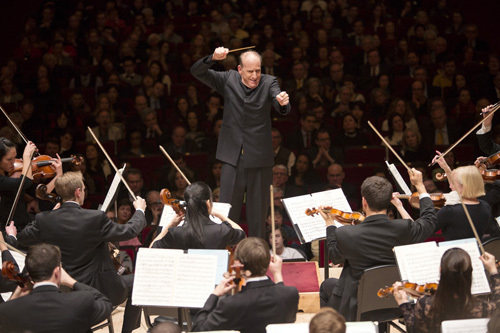
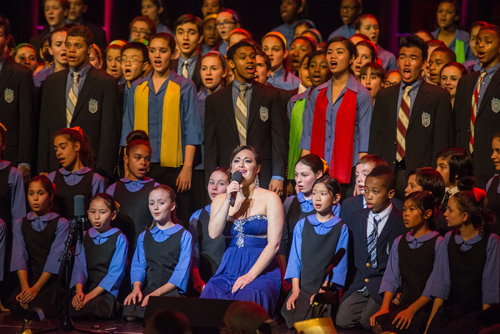
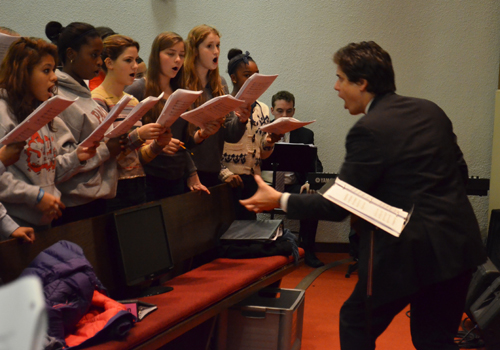
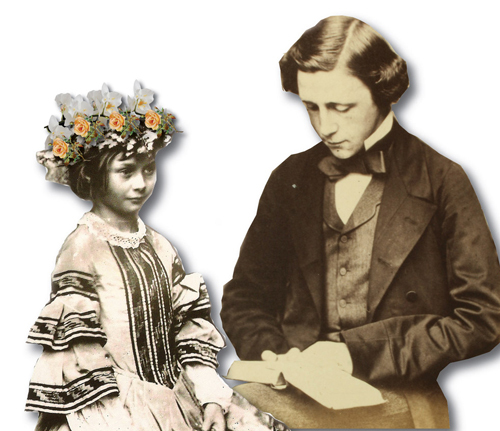
Comentarios recientes